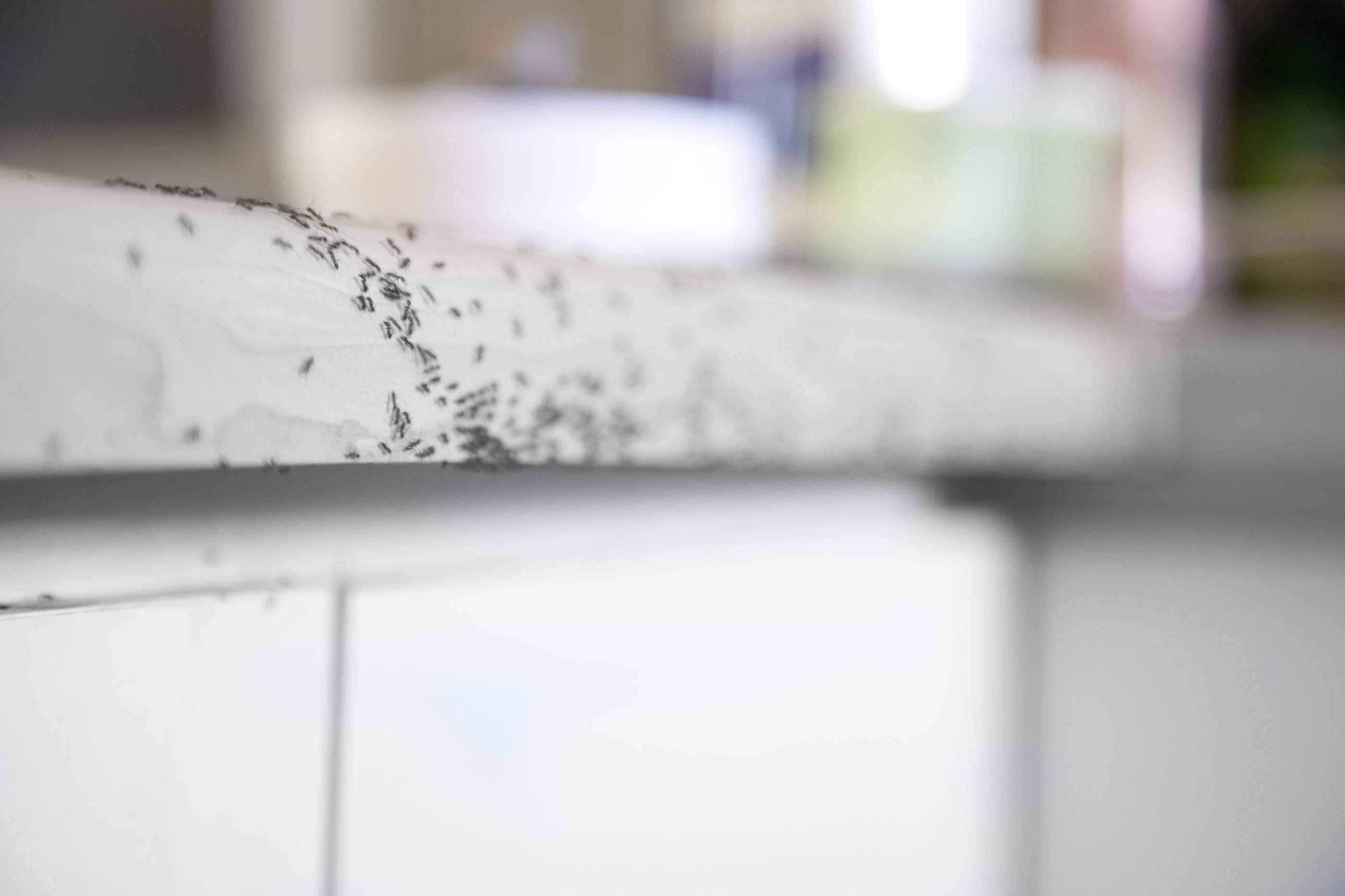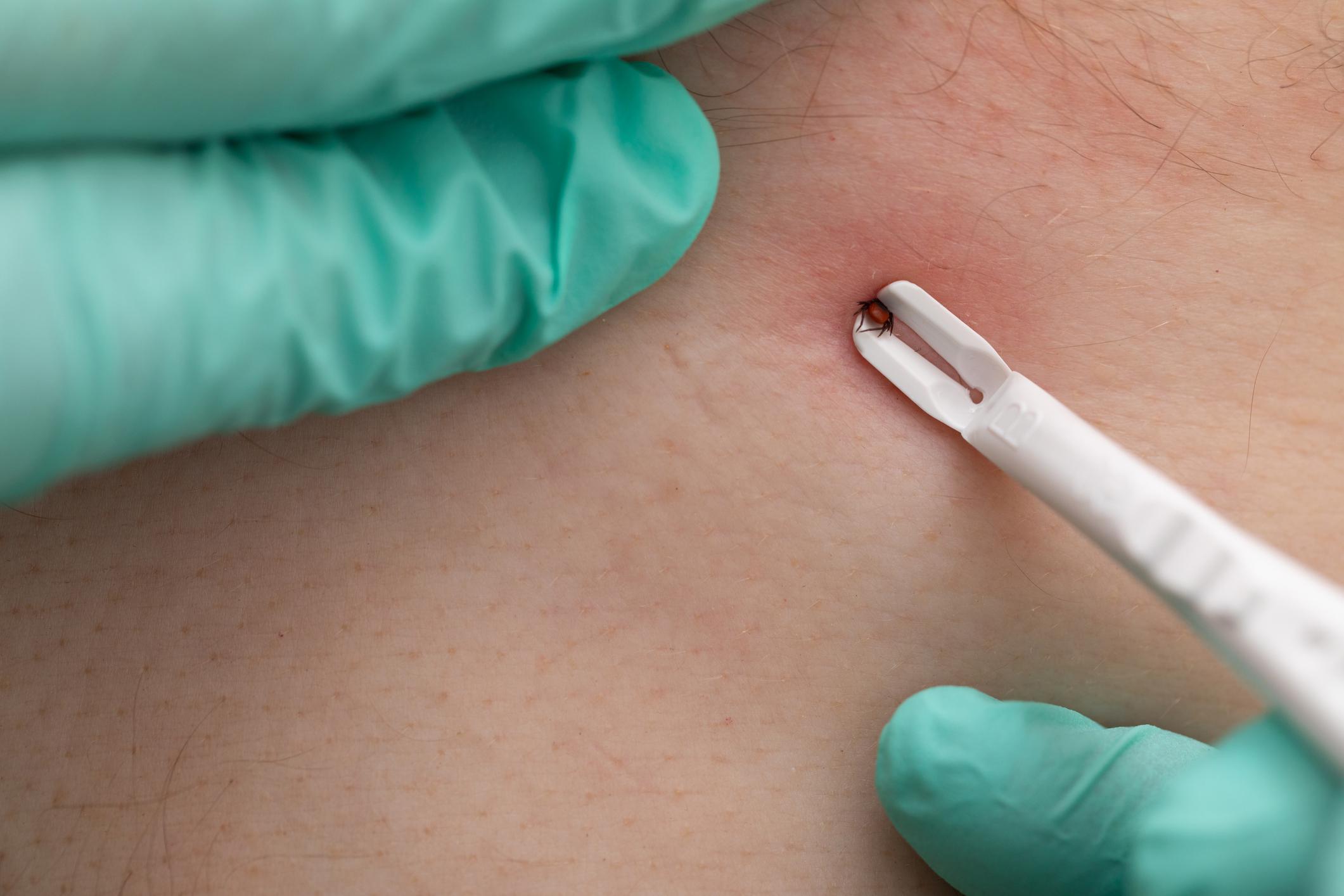Using Hyperbaric Oxygen Therapy for Treating Lyme Disease
Posted by Mosquito Squad
January 6, 2015
Hyperbaric Oxygen Therapy (HBOT) was once used solely for deep sea divers suffering from decompression sickness, those with smoke inhalation and sports injuries. In the last decade or so HBOT scope has broadened, and the medical procedure has been used for patients’ pre and post-surgery, those suffering from stroke, chronic fatigue, AIDs, multiple sclerosis, and Lyme Disease.
What is Lyme Disease?
Lyme Disease is the most common vector-borne disease in the United States, and according to the Centre for Disease Control (CDC) in 2013 it was the 5th most common Nationally Notifiable disease. Blacklegged ticks are responsible for human infection of the disease. As they bite the bacterium Borrelia burgdorferi is transmitted into the victim’s bloodstream.
Lyme disease is named after Lyme, Connecticut where the infection was first discovered back in the 1970s. Those with the disease experience symptoms such as fever, headache, fatigue, and a bull’s-eye rash referred to as erythema migrans. The infection can develop into serious debilitating health issues leading to muscle and joint aches, cognitive disorders, sleep disturbance and affecting the heart and nervous system.
Ticks are most active in the warmer months between April and September which is when you are more susceptible to being bitten. Most infections recorded in the United States occur in the northeast and mid-Atlantic from north-eastern Virginia to Maine, the north-central states mainly Wisconsin and Minnesota and the West Coast particularly in northern California.
Mainstream & Alternative Treatment of Patients with Lyme Disease
Patients diagnosed early with Lyme Disease by a mainstream practitioner are typically prescribed oral antibiotics, recovering quickly and in most cases completely. According to the CDC, there are approximately 10-20% of patients who continue to suffer from recurrent or persistent symptoms. These patients are generally those who were diagnosed later after being infected.
In the 1980s a vaccination was developed to protect against Lyme Disease. This has since been withdrawn from the market due to fairly severe side effects that patients were developing including deformities.
Today with the increase of alternative practitioners other treatment options are being explored including infrared sauna, HBOT, diet manipulation, salt and vitamin C protocols and herbal antibiotic treatments. Alternative practices such as qigong and acupuncture have also been used to treat the disease, particularly those with chronic illness.
Using Hyperbaric Oxygen Therapy for Treating Lyme Disease
Hyperbaric Oxygen Therapy involves a patient inhaling pure oxygen in a pressurized room or chamber. The air pressure is three times greater than normal air pressure allowing your lungs to take in much more oxygen. When you breathe in oxygen in a normal setting, it is transported through the body by red blood cells. During HBOT, the 100% oxygen is absorbed into the body’s fluids, plasma, central nervous system fluids, the lymph and bones.
The treatment therapy dates back to the 1600s and has proven to be a beneficial alternative medical technique to fight bacterial infection and to stimulate the release of growth factors and stems cells which promote natural healing. Some of the clinically accepted and health care covered indications for HBOT include diabetic wounds, radiation tissue damage, skin grafts, thermal burns, smoke inhalation, decompression, and severe anemia. Other conditions that are still under research include Lyme Disease, brain trauma, stroke, post-traumatic stress disorder, diabetes mellitus, and autism.
During treatment in an HBOT chamber, patients often experience the change in pressure similar to that as an airplane on decent. The treatment time and sessions required is generally determined by the condition presented and how well the patient responds to their therapy. Some patients will undertake the treatment for as little as 20 minutes while others will stay in for up to 2 hours at a time. Patients with sports injuries are often healed after just one 1-hour session. During this time, patients are resting comfortably watching TV, reading, napping or listening to music.
There are plenty of HBOT clinics and hospitals offering treatment in the United States, but not in every city or town. Patients are generally accepted for treatment either by self-referral or by a physician referral particularly those with a condition which is covered by insurance. Experimental treatments, such as Lyme Disease, which is not covered by insurance typically costs $180-200 per treatment.
Considerations & Side Effects of Hyperbaric Oxygen Treatment
As with all medical treatments, there are side effects and minor risks associated with the treatment. The most common side effect of HBO therapy is barotrauma to the ears and sinuses due to the dramatic change in pressure. To reduce the risks of this occurring patients are provided with techniques to adequately clear their ears during the treatment. Other potential risks include temporary near-sightedness, lung collapse, and eardrum rupture. One of the rarer side effects is oxygen toxicity due to too much oxygen entering the body which can result in seizures.
The cost of the treatment and the availability in your particular area should also be taken into consideration, especially those with more serious and chronic illnesses. A one-off treatment might not do too much damage to the bank balance, but the costs can add up when you require several sessions and most more than likely require some sessions – some up to 20-40 treatments.
Patients should also be prepared that the HBOT may not provide any noticeable improvement in their particular symptoms. In some cases, HBOT is used as an addition to a comprehensive treatment plan rather than a stand-alone therapy.
There is a long list of treatments where HBOT has been shown to provide incredible results in many patients. There still, however, is insufficient evidence that HBOT can be used to promote healing in chronic conditions, especially as a stand-alone treatment. With the incidence of Lyme Disease in the United States believed to rise to have another treatment option available for some patients is a positive step.















